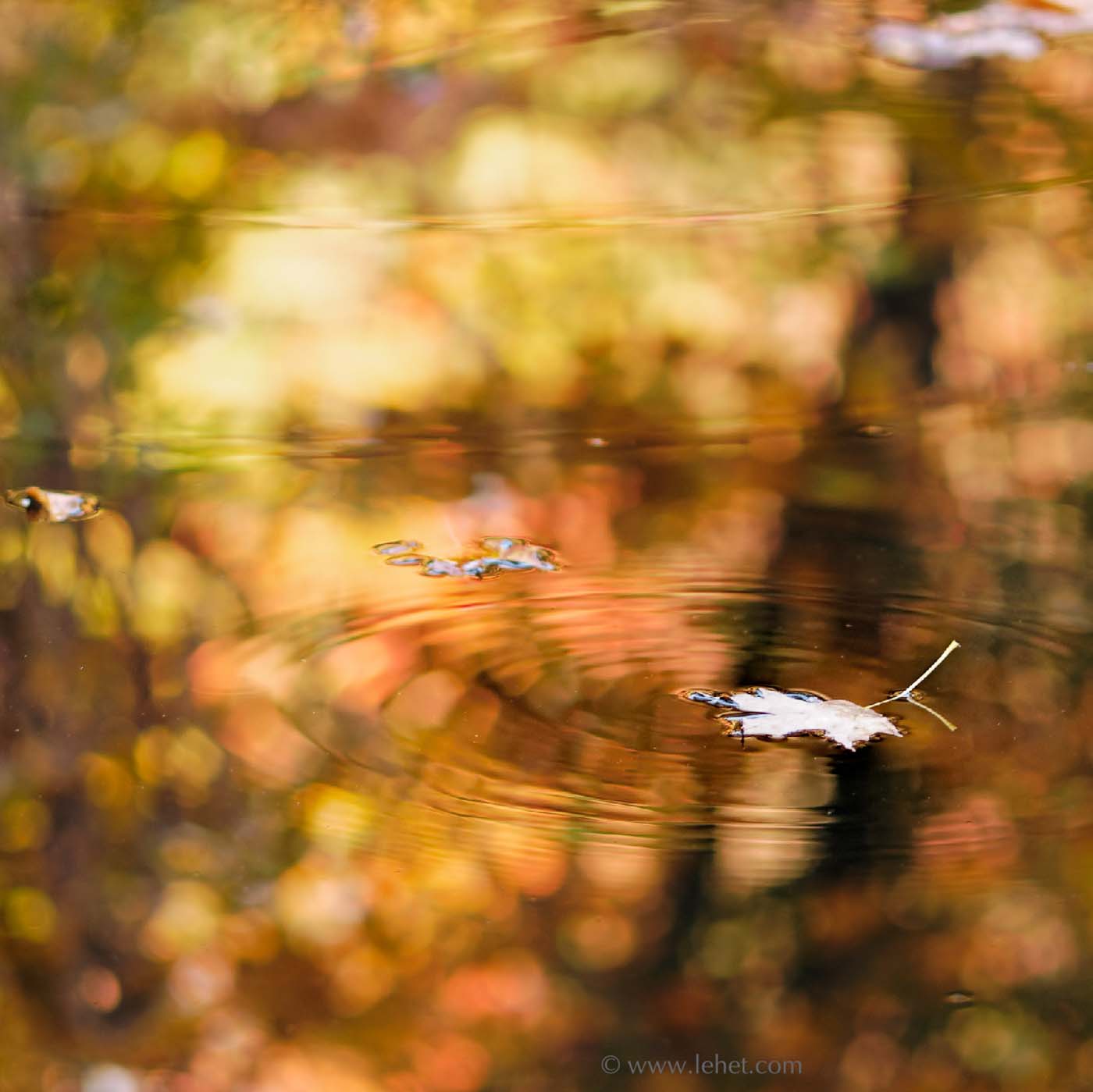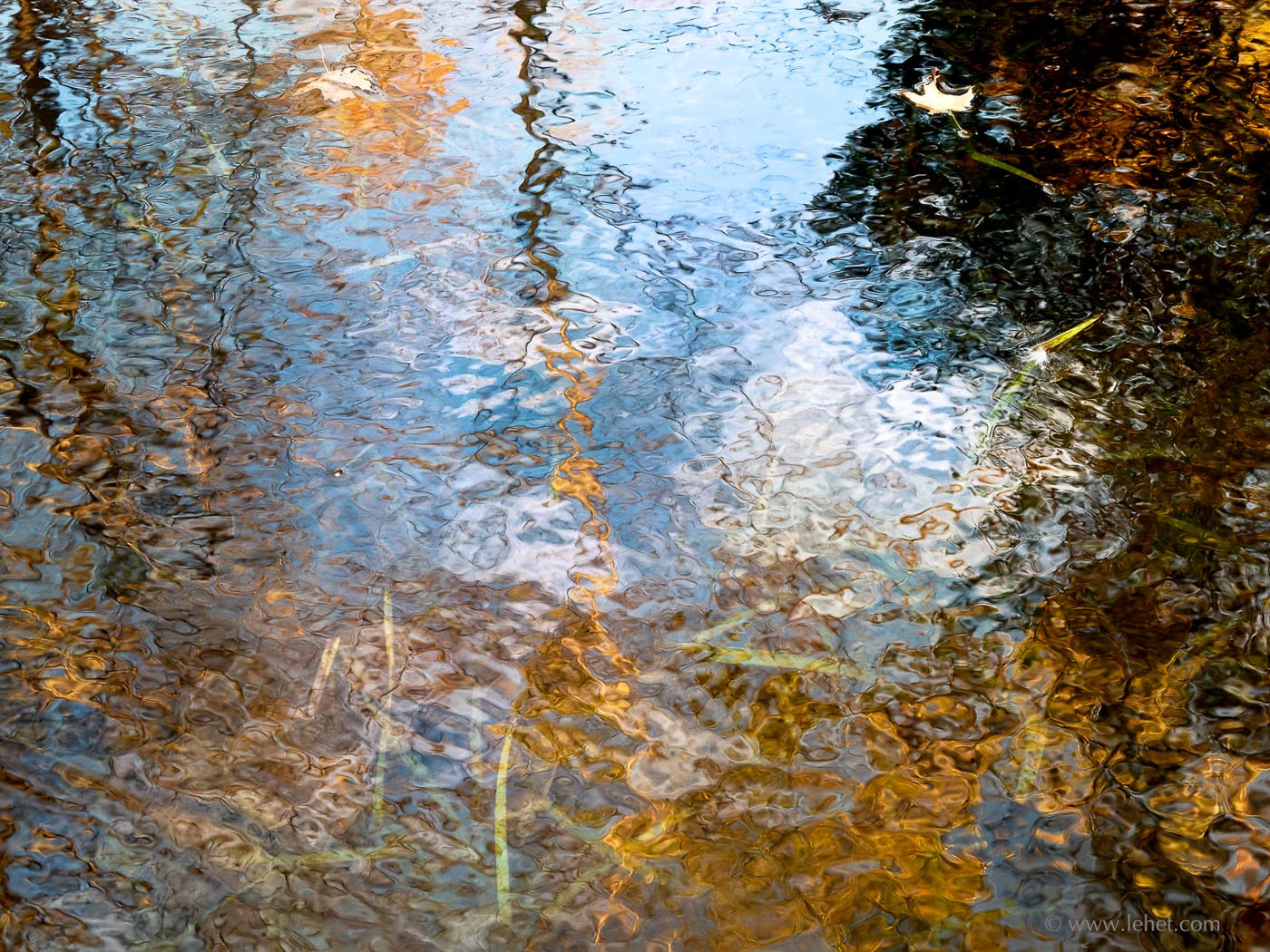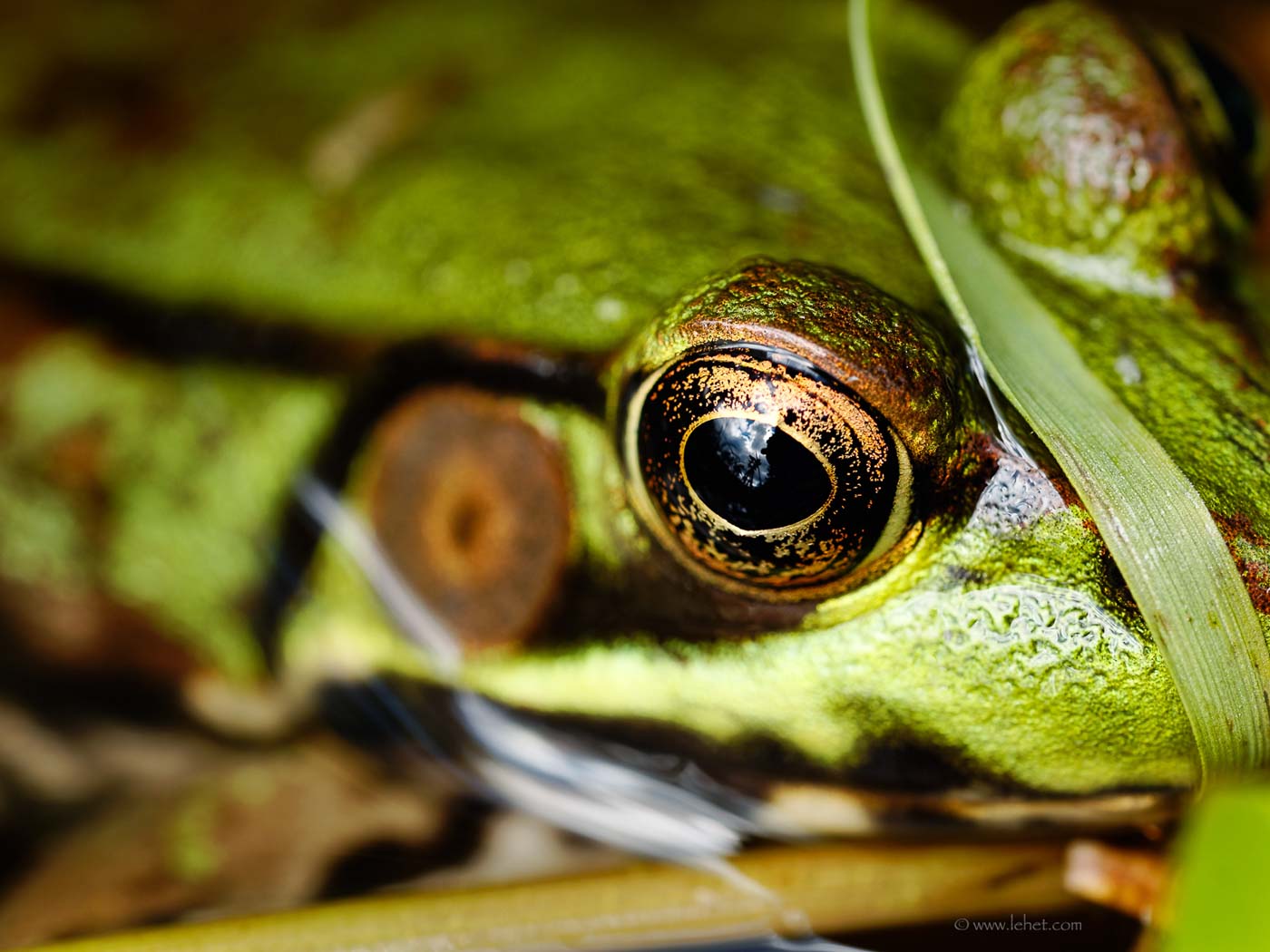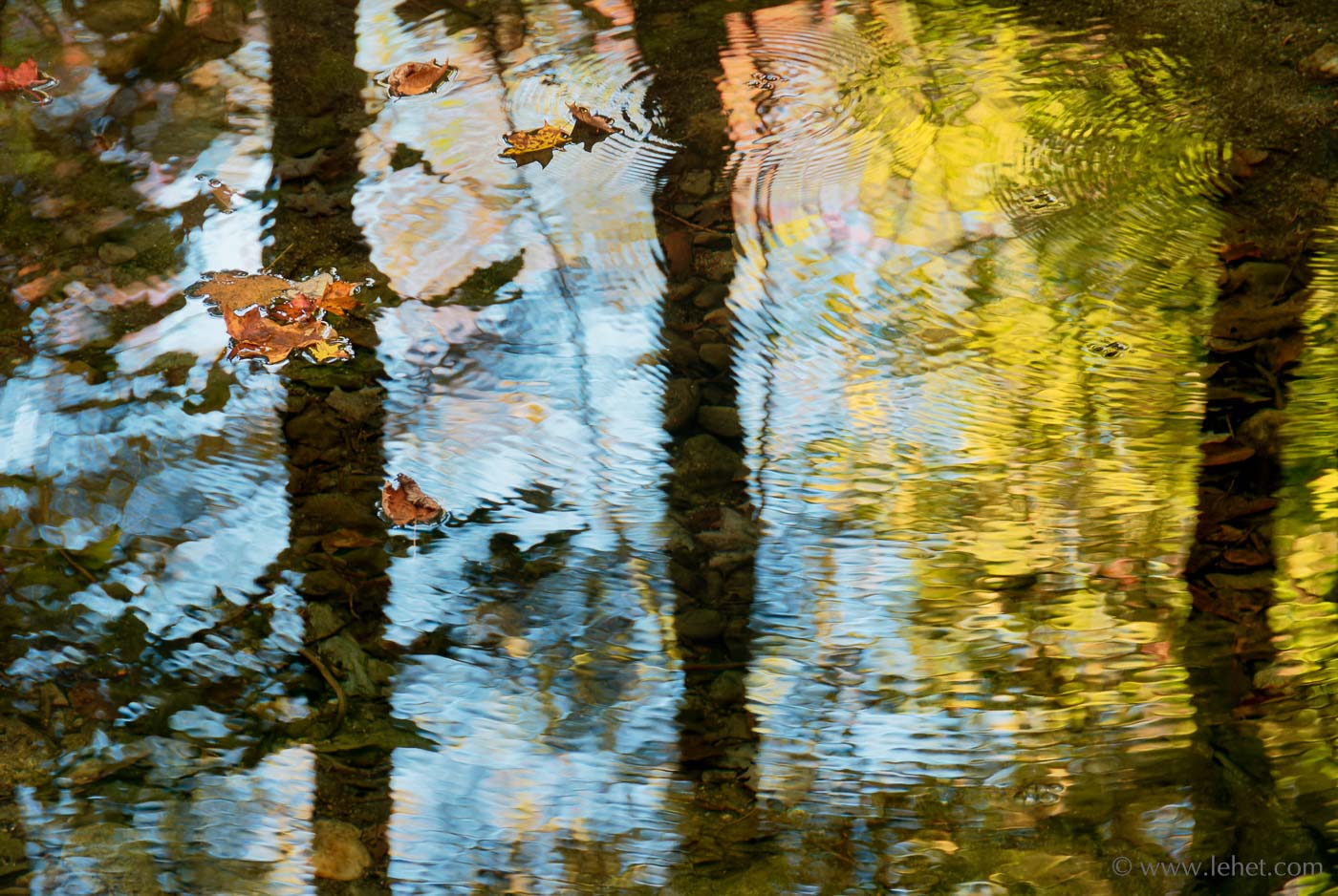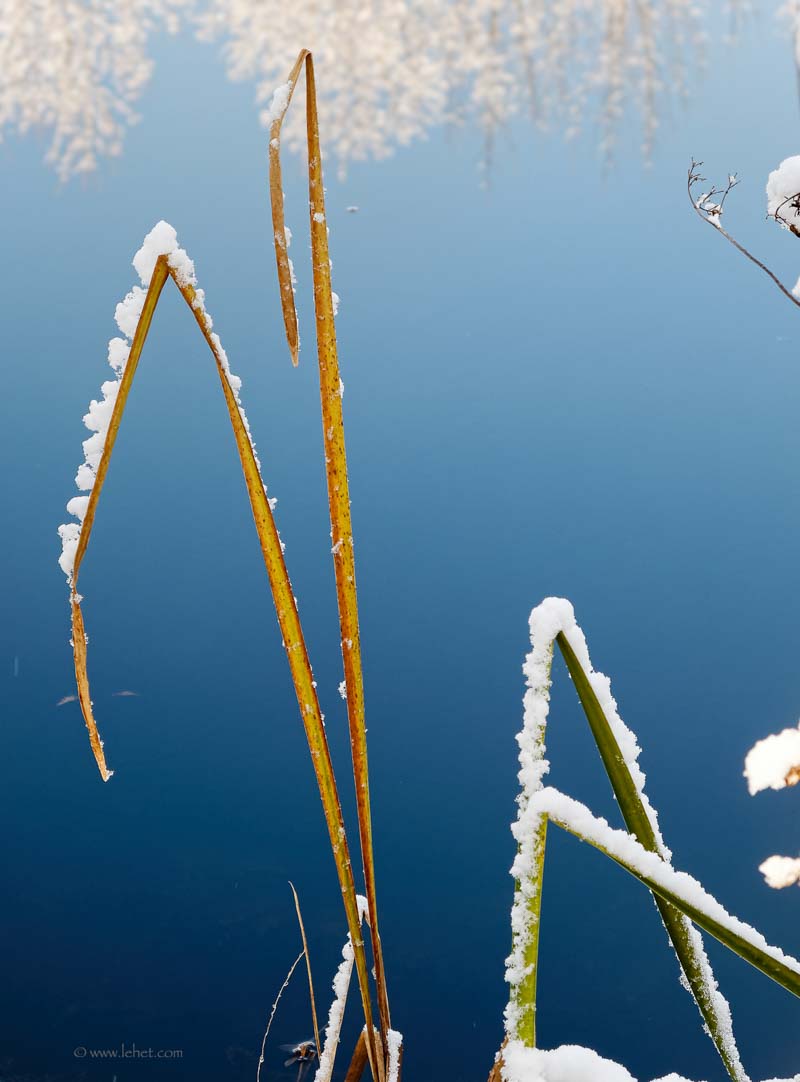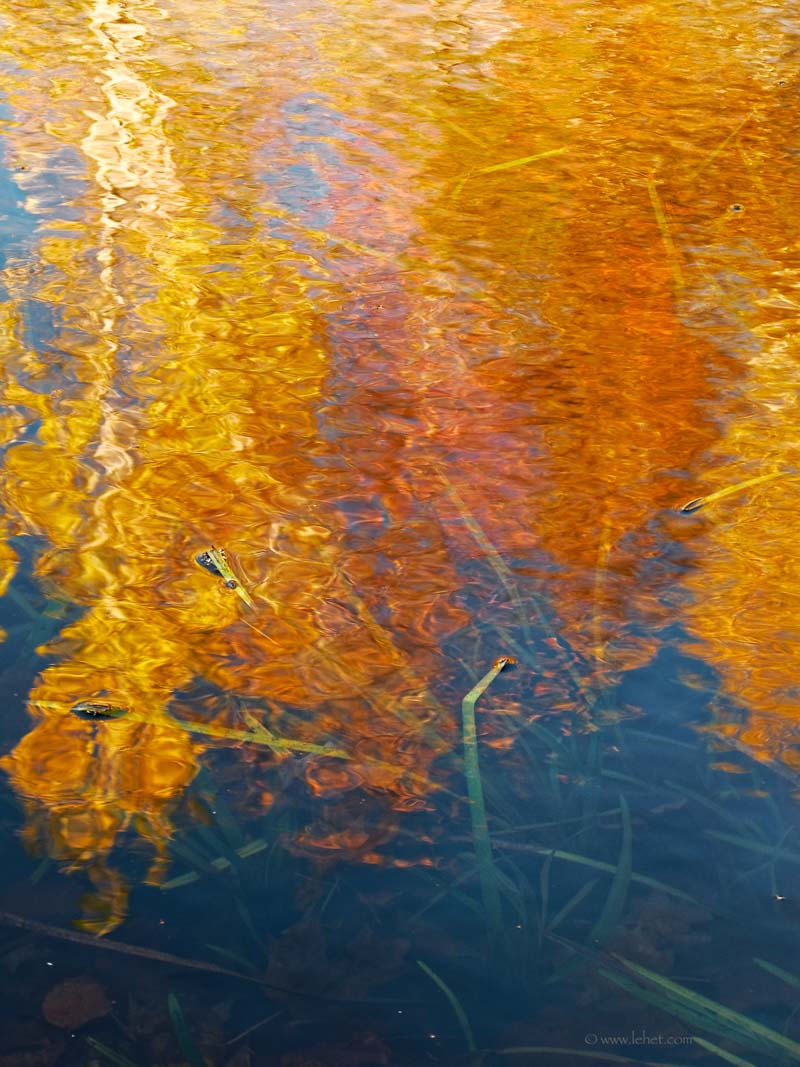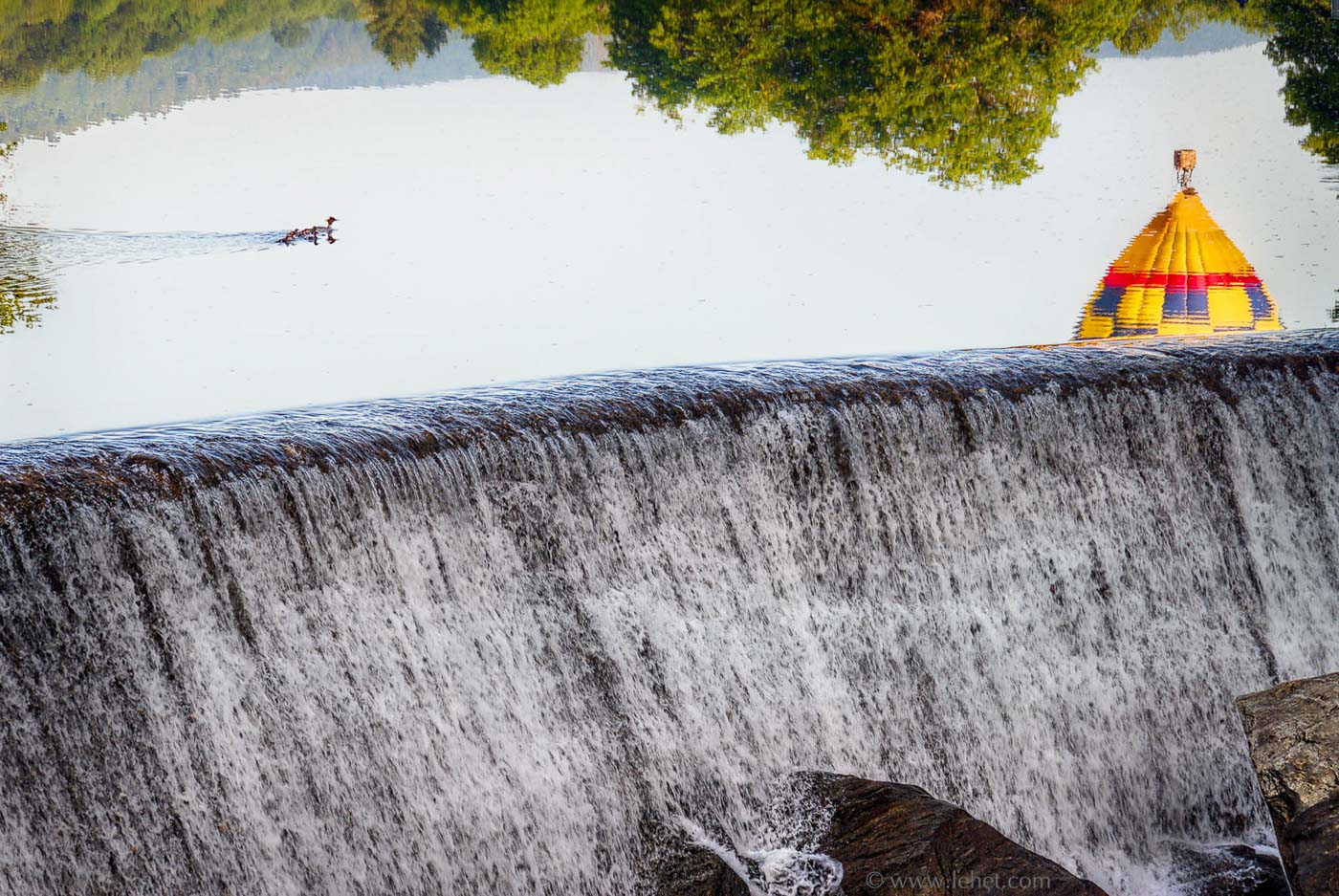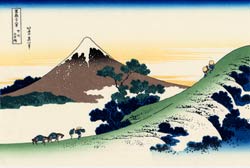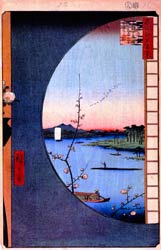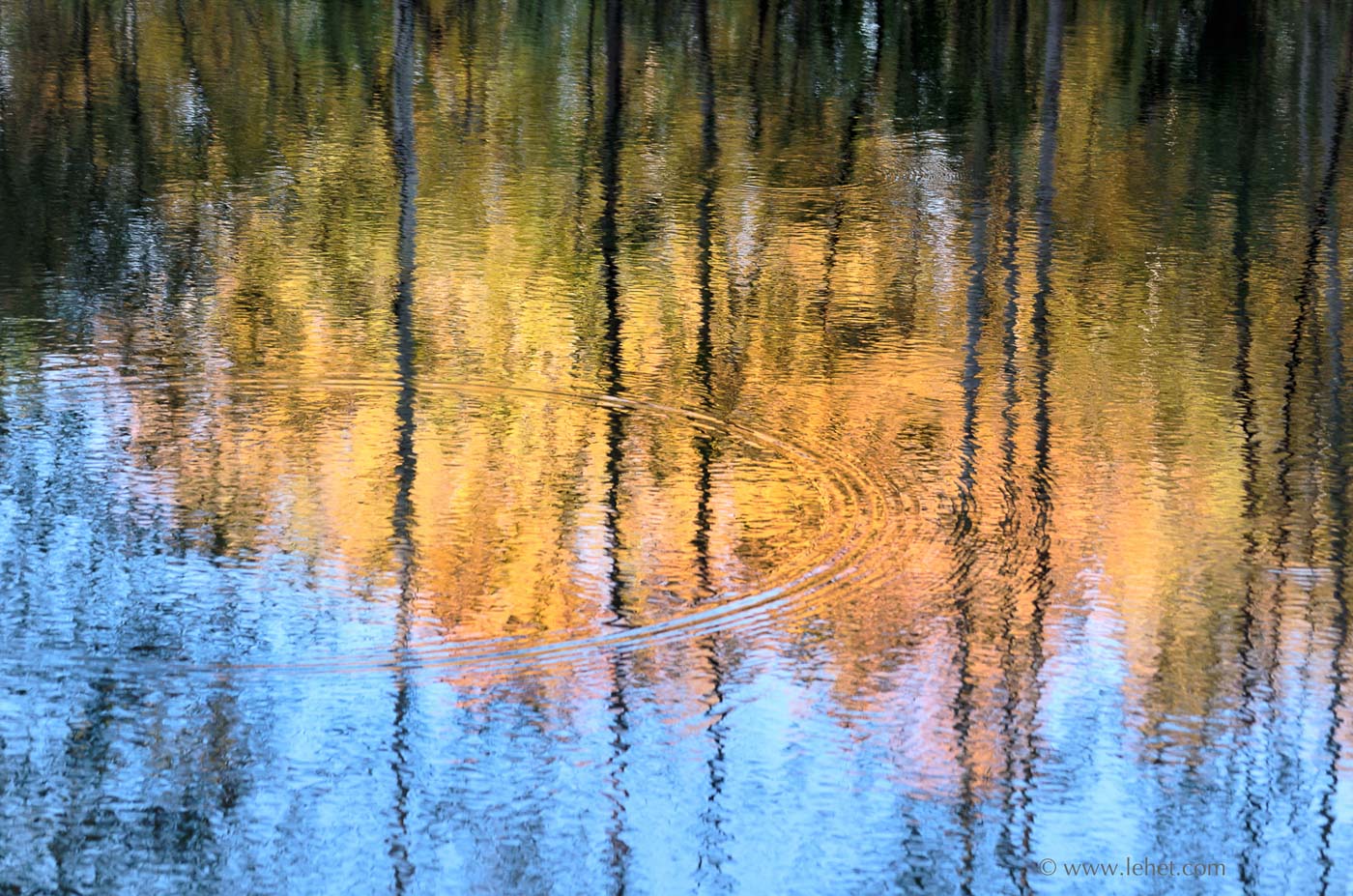
People sometimes ask if I “photoshop” my images much. I was just asked that the other day.
So, two answers:
1) a fine art photograph is not (usually) something you just click on an iPhone, just as in the past a fine art photograph wasn’t just clicked on an instamatic or a point and shoot. I always talk about how a photograph is something that needs to stand on its own, apart from whatever “reality” may have been reflected in the exposure. As such, it might be developed as any photo will need some burning and dodging, finding the right contrast and color balance, tonality, etc.
I like to tell the story of studying with John Sexton at the Maine Photographic Workshop in 1982. He brought in a series of Ansel Adams prints — he was working as Ansel’s assistant at that time. The prints were a straight print through a series of work prints, and the final print. There was pencil writing and drawing on the back of the prints, a practice I came to follow in my darkroom years — drawing showing the burning and dodging sequence, writing about the exposure and chemistry details. Ansel Adams’ straight print in this case was “a good shot,” but really it was pretty dull. It wasn’t until he burned the sky to darken it, dodged areas, played with the chemistry and paper grades, that it really began to sing. Essentially, he worked the overall tonalities and masterfully worked on local tonalities until the whole thing worked together. Ansel used to say that the negative was like the score in a piece of music, and the print was the performance. His performances varied over the years; he changed the style of his printing so that some of his more famous works, such as “Moonrise, Hernedeze, New Mexico” changed to some degree over the years he printed them.
Though of course I had been dodging and burning in the darkroom before that, at that point, in 1982, I started working on prints to really “perform” them, and I still do it now, even though the “darkroom” is “Lightroom,” (and photoshop, and other software sometimes). But I still consider myself a “straight” photographer.
My digital camera files always start out as “raw” files, which is the raw camera data. With the raw file comes an interpretation of how the camera and the software thinks it should look. That’s an initial, rough interpretation of the data. It’s up to me as an artist to refine the interpretation. This is also true of course when I’m working with a scan of a negative or transparency from my film days. Interpretation.
2) As crazy as it sounds, my photos actually reflect what I see, and even what the camera sees. I see the world this way. Don’t tell anyone though, or they will lock me up.
The photo above was exposed in my backyard a couple of days ago. I went out with my cameras, the reflections of the maple trees across the field filtered through the birches on the edge of the pond had caught my eye. I was going for the way the still water looked, but the breeze cam up briefly. I made this exposure for the heck of it, though it wasn’t really why I had come down there. But looking at it afterwards I was kind of blown away by it. The distortion on the water was pretty cool, and my straight-up reflections were rather more boring by comparison.
I did in fact tweak the contrast a tiny bit over the image, and I “dodged” some of the orange areas to brighten them. But the differences are so subtle I think it might be hard to notice unless you were looking pretty seriously and going from one image to the other. And in fact for this image, though I was tempted to work on it, I held back with some restraint, because the straight image already is so outrageous.
